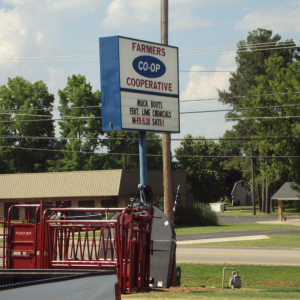 Looking to lime your fields, pastures, or gardens? Farmer’s Cooperative and our many locations have got you covered! Here’s what you need to know:
Looking to lime your fields, pastures, or gardens? Farmer’s Cooperative and our many locations have got you covered! Here’s what you need to know:
It all starts with determining how much lime to apply, which depends on the soil acidity and the specific crop or forage you’re growing. Remember the pH scale ranges from 0 to 14, with 7 being neutral pH. Anything below 7 is acidic, and anything above 7 is basic. Most plants thrive in the slightly acidic range, around 6.5 to 7.
To find out your soil’s pH level and the exact amount of lime needed, soil testing is your best bet. The experts at your local University Extension Office can guide you on the best practices for soil testing and where to get it done. By correcting soil pH, you’ll not only improve fertilizer efficiency but also boost CEC (cation exchange capacity) and add much-needed calcium.
Now, when it comes to timing, here’s the scoop: There is no bad time to lime! However, keep in mind that factors like the type and particle size of the lime, the soil’s overall acidity, and the soil texture can influence how long it takes for the lime to react with the soil. In some cases, it could take up to 3 years or even more. But don’t worry, regular soil sampling can help you stay on top of your soil’s pH and maintain it for years to come.
If you have more burning questions, swing by your local Arkansas University Extension Office or visit your nearest Farmers Cooperative location with your soil tests in hand. We’re here to review them and help you create a rock-solid plan of action!
Keep that green thumb going strong!
Matt Crabtree – Farmers Cooperative


